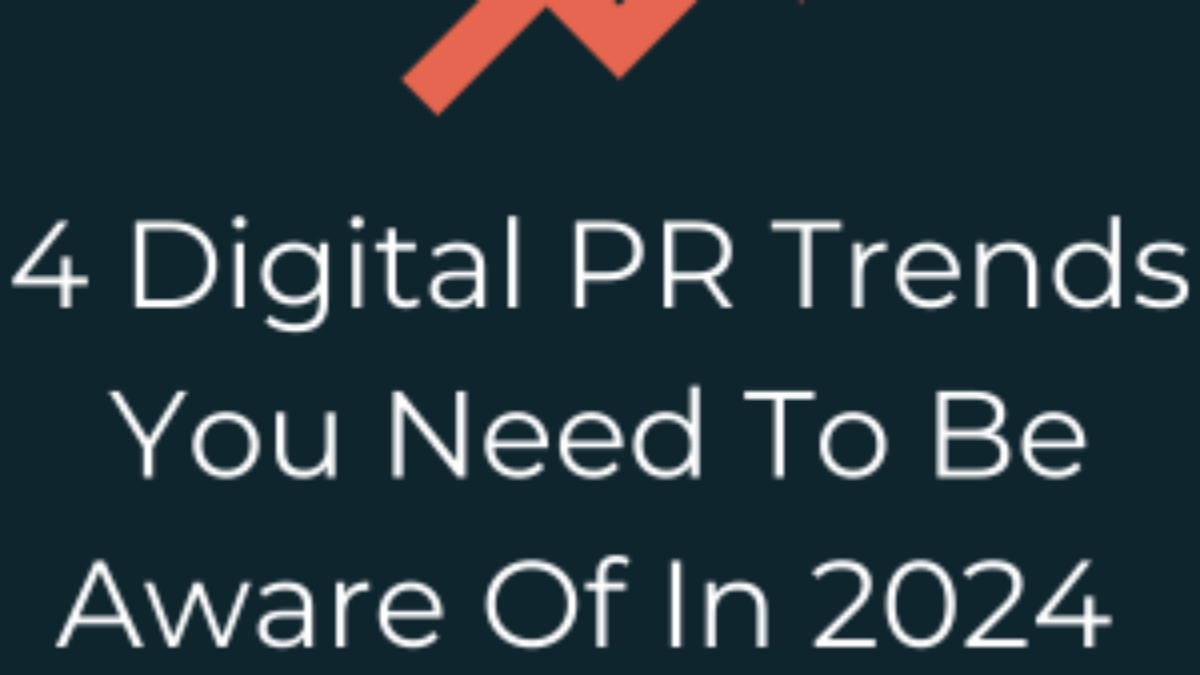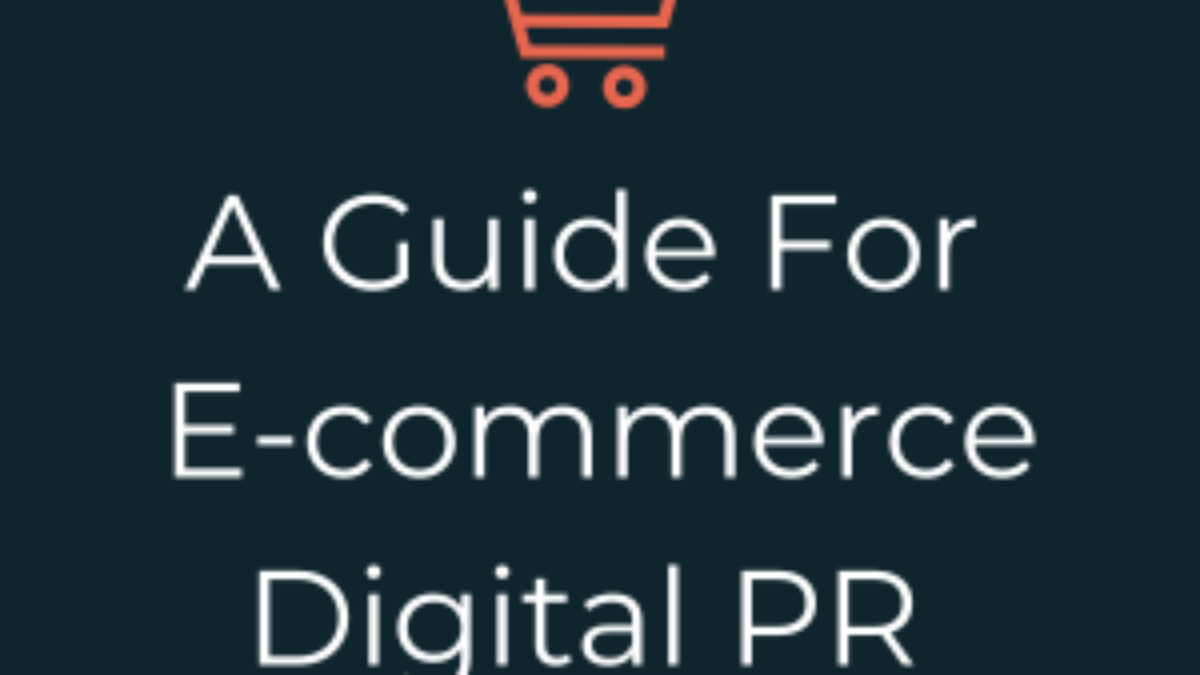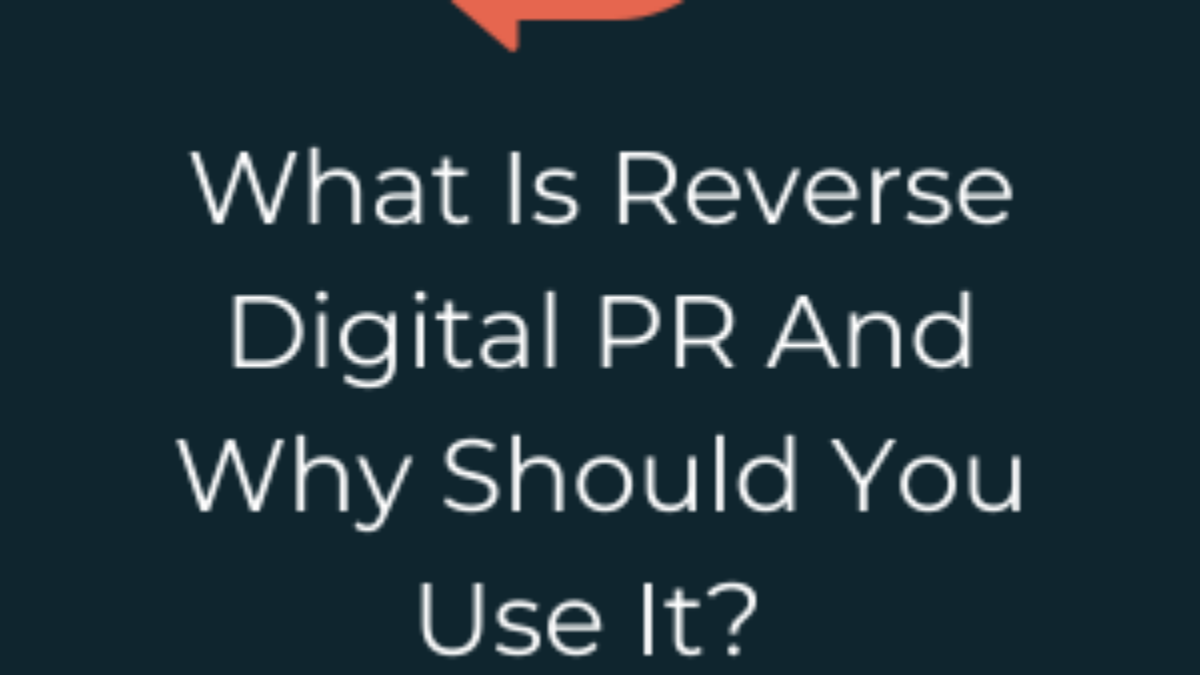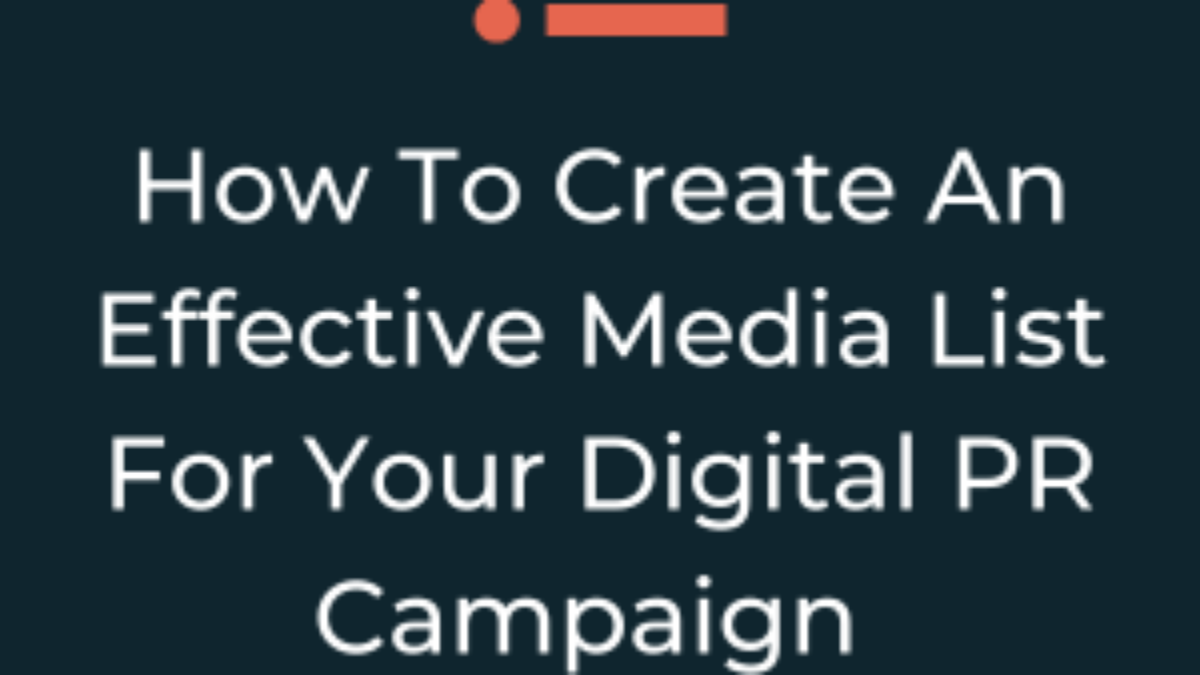In 2024, digital PR is bigger than ever. 9 out of 10 PR professionals send their pitches to digital media, an increase of 14% since 2022. This growth is largely due to the increasing importance of online visibility for businesses and brands – driven by the rise of social media and online news outlets.
Today, digital PR should be factored into every digital marketing strategy to increase brand awareness, provide high-quality backlinks and increase search engine rankings.
We are now over half-way through the year, so have a strong sense of how the digital PR landscape is looking. It’s now clear to see which trends are here to stay, which campaign styles have been gaining traction, and the new techniques that show long-term potential.
This blog will be looking at the trends we’ve been seeing in 2024 and our predictions for suspected future trends still to come this year. If you’re a digital PR professional or a business owner hoping to land online coverage, staying informed about the latest trends will ensure you’re staying relevant, so read on.
.
What are digital PR trends?
Firstly, let’s check you’re up to speed with what digital PR is all about. In 2024, it’s no hot take that we’re living in an online-centric world; as a result, traditional PR has had to adapt. It’s the art of building visibility online through pitching press releases to online journalists, providing quotes for online articles, and guest posting in blogs.
And what’s the point of all this? Well, digital PR has a whole array of benefits, all ultimately feeding into increased brand awareness and visibility online – at the end of the day, increasing conversions. It improves SEO by earning high-quality backlinks, it will help to establish your company as an authority in its industry, and can even help with crisis management.
Digital PR trends, then, are the shifting behaviours and techniques defining the digital PR industry. This can include new softwares, audience preferences, and particular styles of campaign that are landing with journalists. Below, we take you through the 4 trends you should be aware of this year which are here to stay in 2024.
The top trends for 2024:
- We’re increasingly seeing new tools automating aspects of digital PR
AI isn’t going to steal our jobs, but it’s certainly making them easier. Every week there’s another software on the market to help with a different task in digital PR. In a study by Prowly AI came in as the top trend prediction from respondents, with 36% predicting it would be a primary trend in 2024 – they weren’t wrong!
AI tools and platforms are playing more and more of a significant role in digital PR campaigns. A couple of our new favourites are:
Sourcee: This tool acts as your own personal Journo Request lookout, with the slogan: ‘Letting you know about relevant requests, straight away.’
Midjourney: This can be used to create imagery for your campaign, or to provide inspo for your ideation.
AI technology can help you analyse large amounts of data to create a story, automate tasks like media monitoring, and provide sentiment analysis about a brand on social media. Have a browse at what’s on offer, your boss and clients will thank you!
- TikTok as a research tool
I don’t need to tell you that the popularity of this platform continues to grow. And, more and more, brands and agencies are using it in digital PR as a research tool. It’s surprisingly valuable for gaining insights into consumer preferences and trends. Tiktok can also be used to identify viral trends and popular hashtags – helping brands stay relevant to their audience.
A good digital PR campaign addresses an issue or topic of interest of your target audience; where are customers most vocal and transparent about products they’re using? TikTok! Have a look for yourself when ideating your next campaign.
- A shift in metrics
If you haven’t got the memo, links are out and relevancy is in. Quality over quantity is what matters now – PRs are digging deeper than surface-level metrics, focusing on how their campaigns can put a brand in front of the right people and drive conversions.
Metrics like brand mentions, relevancy of links, and sentiment analysis are increasingly being paid more attention. Hundreds of links at face value is no longer impressive, but hundreds of links aligned with the brand, in a credible and relevant publication, is.
So, in 2024:
✔️Ensure your campaigns and placements are consistent with your brand’s messaging
✔️Shift away from link-building tactics, focusing instead on creating content that’s genuinely valuable for your audience
- Impact of the cost of living crisis
We’ve all seen the price of a Tesco meal deal these days – the cost of living crisis is unfortunately continuing to rise and people are feeling the pinch. In light of this, journalists are looking for tips and stories on how to save money. In our work, we’ve noticed a pattern of good coverage for campaigns like ‘where to find the cheapest school uniforms’ or ‘best deals this bank holiday weekend’. For example, if your brand is in the automotive industry, could you provide tips on fuel efficiency, to save money on petrol? Or, tips for getting the best deal when buying a used car? If you work in the entertainment sector, could you create a guide to a DIY home theatre?
Equally, the cost of living crisis is just one of the many things making our news very negative in 2024. Considering this, any light-hearted and optimistic content is increasingly popular with journalists – they know it’s what readers want to see, to brighten their day a little.
What future trends can we expect to see?
➡️We’re seeing a surge in data-led digital PR campaigns, with journalists increasingly looking for fresh and fact based stories. PRs that can create a narrative from client research or survey data will stand out in a busy inbox. Raw statistics can be turned into attention-grabbing headlines, especially with the help of…
➡️AI. You guessed it – expect to see AI filtering into more and more areas of digital PR, automating routine tasks and freeing us up to concentrate on strategy and client relationships.
If your digital PR strategy could do with a bit of a spruce up, why not get some professional help? Cedarwood Digital is an award-winning digital PR and SEO agency based in Manchester – drop us a message to get the ball rolling.




















